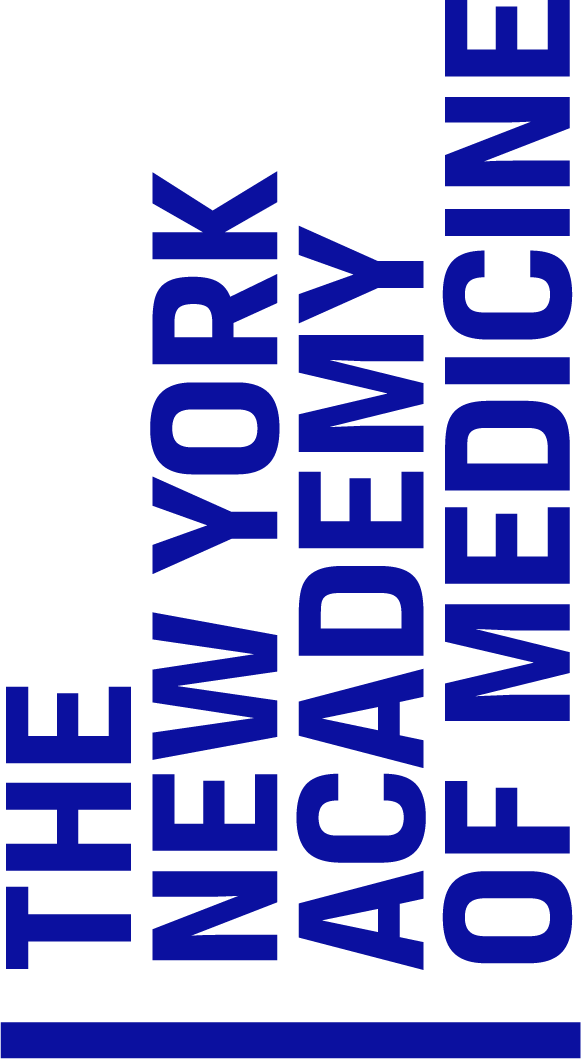The title of this book, a best-selling sex manual and guide to childbirth, may be familiar to James Joyce fans: Leopold Bloom rifles through a copy at a Dublin bookstall in Ulysses (1922). Published initially in 1684 and popular in both America and England for over two hundred years, it became the most widely reprinted medical book in the eighteenth and early nineteenth centuries. In America, it appeared in Boston bookshops as early as 1685, and was still available for sale, with only minor revisions, in Soho shops well into the 1930’s. The most substantive edits over the book’s long publishing history were the additions and modifications of doggerel made by different printers.
In 1651, Nicholas Culpepper’s Directory for Midwives was enthusiastically received. Publishers recognized that pregnancy and childbirth texts would sell well. The contributions of the Masterpiece were not particularly scientific, but drew largely from Hippocrates, and Galen, as well as other classical and medieval writers. The source material came from two earlier books: Levinus Lemnius’s Secret Miracles of Nature, originally published in Latin in 1599, and The Complete Midwives Practice Enlarged (author unknown). The latter publication, also a compilation of texts, had sold almost as many copies as Culpepper’s Directory for Midwives; it would have been a sensible choice on the part of the publishers to reissue this material. The Lemnius text blended natural knowledge with philosophy, and described the soul and immortality, reproduction, and monstrous births.
Chapter headings include sections titled, “The Signs of Barrenness” “The Way of getting to a Boy or a Girl,” “How a Midwife Ought to be Qualified” and “A Word of Advice to both Sexes in the Act of Copulation.”
The information this title offered on conception, pregnancy, and childbirth wasn’t particularly innovative; many seventeenth century discoveries in gynecology are absent from the text and replaced by Hippocratic pathology, or by superstition. The text claimed that an infertile partner could be determined by analyzing the appearance of both partners’ urine on a lettuce leaf. Astrological signs were deemed responsible for determining the sex of a baby. More useful were the sections offering directives to midwives in aiding in childbirth. Other scholars have pointed out that the Masterpiece was more progressive than later American publications like those of Dr. J.H. Kellogg and Edwin H. Clarke, whose work was both dangerously uninformed, and anti-feminist. In spite of its short-comings, the Masterpiece’s suggestion that both partners should enjoy sex was in this way a step ahead of its nineteenth-century descendants.
The “Aristotle” of the title was pseudonymous, and likely evoked by the book’s author to give the tome scientific credibility. The attribution likely reminded English readers of an earlier pseudo-Aristotelian text, Aristotle’s Problems, published in 1595. The book’s true author is unknown, though Culpepper and William Salmon, an English physician and author, are sometimes credited.
The famous frontispiece, depicting a hairy woman and a black baby born to white parents, is suggestive of another commonly-held superstition regarding pregnancy and maternal power. Pregnant mothers who looked at–or thought of other men–were capable of influencing the appearance of their children. The woodcut was modeled on the French surgeon Ambrose Pare’s book, Des Monstres et Prodiges; the book’s three other monster figures were also clearly copied from Pare.
Scholar Mary Fissell has argued persuasively about the frontispiece, suggesting that the hairy woman would have inspired a complicated number of associations, including lust, animality, and wildness. She argues that the text’s concerns with maternal mystery and power are captured in this image.
Photography by Ardon Bar-Hama courtesy of George Blumenthal.
